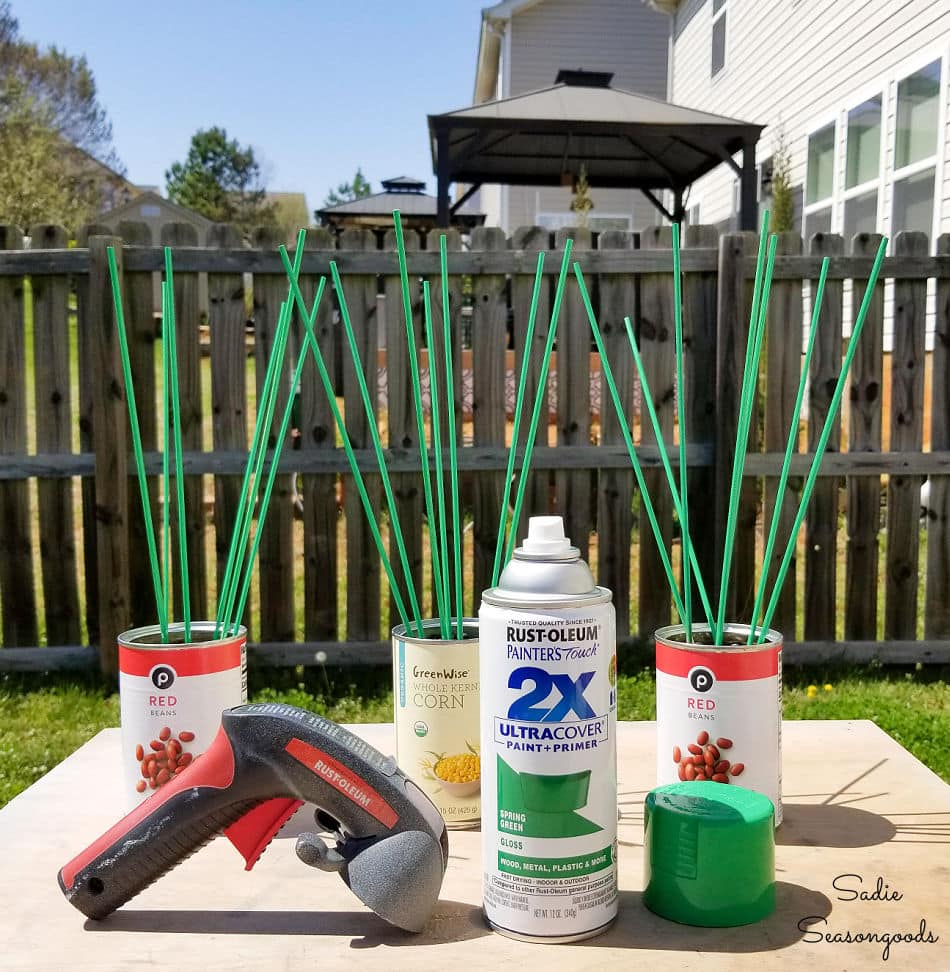
The spots can enlarge and coalesce until the entire leaf becomes blighted. Spots often develop first on the leaves that are shaded or stay moist for long periods. 4 Symptoms on watermelon leaves show up as circular to triangular, dark brown spots that usually appear first near the leaf margins (Figure 1A). Infections by the gummy stem blight pathogens can occur at any growth stage of the plant. 1 The average yield loss from this disease in non-treated plantings has been reported as 43%, and gummy stem blight was the most common disease of watermelon in South Carolina between 20. Gummy stem blight is one of the most destructive diseases of watermelon in tropical and subtropical regions, such as the southeastern U.S. » Gummy stem blight is managed primarily through applications of fungicides. » The fungi that cause gummy stem blight can survive on infested crop debris and susceptible weed species. » Gummy stem blight can cause substantial damage to watermelon growing in warm and humid regions.
GUMMY STEM PDF
4Ĭlick here to download a PDF version of this spotlight. Harvest scars on the fruit also can serve as sites of infection leading to post-harvest decay. 1,4,7 Wounding from mechanical injury, insect feeding, and other diseases can provide sites for infection. Symptoms typically appear seven to twelve days after infection. Rainfall, overhead irrigation, and poor drainage can increase disease spread, infection, and symptom development.

Further periods of wetness are needed for the development of lesions. High humidity levels (>85%) and one to ten hours of continuous leaf wetness are needed for infection to occur. Infection, disease development, and spread are substantially affected by moisture conditions. The optimum temperature for sporulation of the pathogen is 77☏ (25☌). Infection occurs at temperatures from 60° to 82☏ (16° to 28☌) with an optimum temperature range of 75° to 77☏ (24° to 25☌). Gummy stem blight is favored by warm temperatures and wet conditions. Shortdistance disease spread occurs by splashing water (rain or overhead irrigation) moving the conidia to nearby plants. The pathogen is spread long distances on seed and by wind-dispersed ascospores. 1,6 Gummy stem blight has a polycyclic cycle with plant to plant spread during the season. The pathogens can also survive on infected seed.

The pathogens can remain viable on infested debris for several years.

The gummy stem blight fungi survive (overwinter) on infested crop debris, volunteer plants, and susceptible weed species. citrulli was most commonly isolated species from watermelon in South Carolina between 20 and is the dominant species on cucurbits in the southeastern U.S. Stagonosporopsis cucurbitacearum can only infect cucurbit plants and is the species most commonly found on cucurbit crops. The disease is caused by the fungi Stagonosporopsis citrulli, S. Non-cucurbit hosts include green bean, okra, tomato, and tobacco. Gummy stem blight affects many cucurbit crops, including watermelon, melon, cucumber, pumpkin, and squash.


 0 kommentar(er)
0 kommentar(er)
